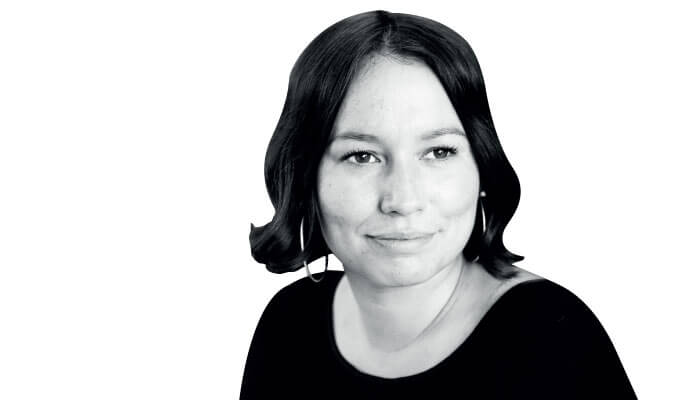
Once upon a time, people thought the world was flat. (Let’s forget, for a moment, that some still do.) In the fifth century BC, Greek philosopher, Pythagoras, apparently proposed the idea of a spherical Earth. Aristotle pushed the idea further, providing evidence on empirical grounds in 330 BC, based on his observations of the constellations. He was later followed by Eratosthenes in 240 BC, who determined the Earth’s circumference, and Ptolemy in the second century AD, who developed what we now know to be the systems of latitude, longitude, and climes. Evidence mounted during the Middle Ages, and a new way of thinking was adopted – eventually.
This journey from idea to evidence to change seems to apply to most scientific subjects, with practices altering to reflect our increased understanding or improved technology. Yet, strangely, visual field (VF) testing – the examination used to detect dysfunction in central and peripheral vision – has remained virtually unchanged for decades. Doesn’t that seem odd, when you consider the significant leaps made in adjacent technologies, such as eye tracking and virtual reality? It is no wonder then that some are reinventing the test.
In this month’s feature, we speak to a few ophthalmologists and researchers – Peter Jones, Dan Lindfield, David Crabb, Chris Johnson and Tariq Aslam – pioneering a more inclusive testing model. They describe how they assess vision in children too young for standard automated perimetry and explain why it is time for a new approach – and not just for children.
On reflection, almost every contributor in this issue is pioneering a shift away from the status quo: whether they are fighting for mentorship programs for women in vision or the establishment of more robust approaches to genetic testing in paediatric eye disease. Like our early philosophers, these ophthalmologists are looking for evidence in the world around them, applying critical thinking to come up with new paradigms and, ultimately, making the world a better place for all of us.
